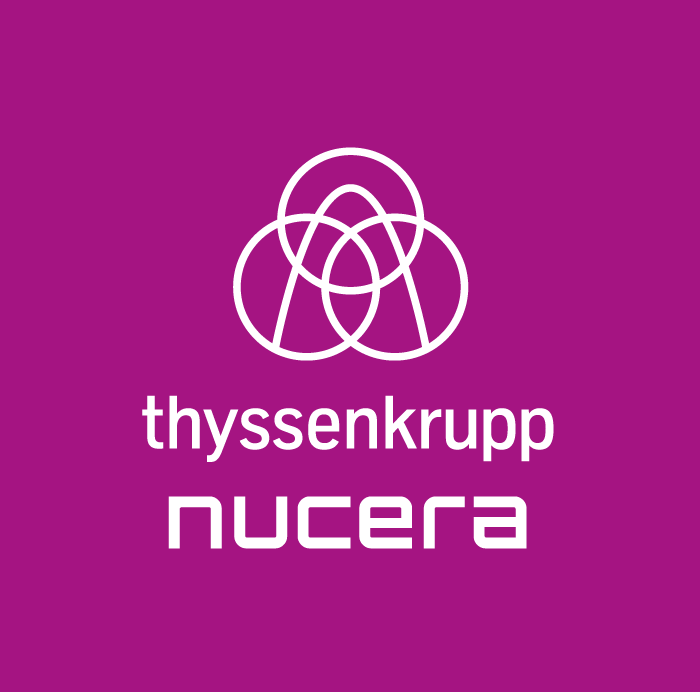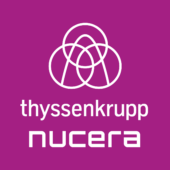Corporate Governance
Here, we will provide the essential corporate documents as well as the statements with regard to the corporate governance for you.
You can download our corporate governance presentation here.
Remuneration Report and Compensation System
Below you can download the current compensation system for the Management Board, which was approved by the Annual General Meeting on February 07, 2024.
Articles of Association and Rules of Procedure
Declaration of conformity
Under Art. 161 of the Stock Corporation Law („Aktiengesetz”), the Management Board and the Supervisory Board of a listed German stock corporation are required to issue an annual declaration stating whether the German Corporate Governance Code (“DCGK”) has been and is being observed and which of the Code’s recommendations have not been or are not being applied and why.
Below, you will find the overview of all annual declarations of conformity from thyssenkrupp nucera® AG & Co. KGaA.
| Date | Title | Download |
|---|---|---|
| 2024/10/02 | Corporate Governance Code | 35 KB |
| 2023/10/10 | Corporate Governance Code | 343 KB |


